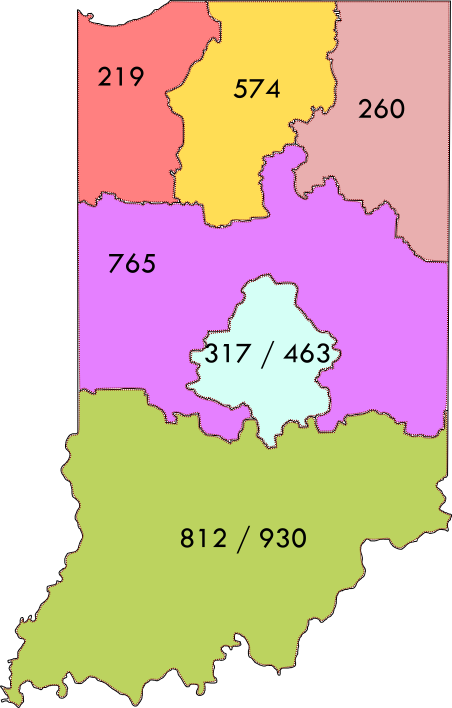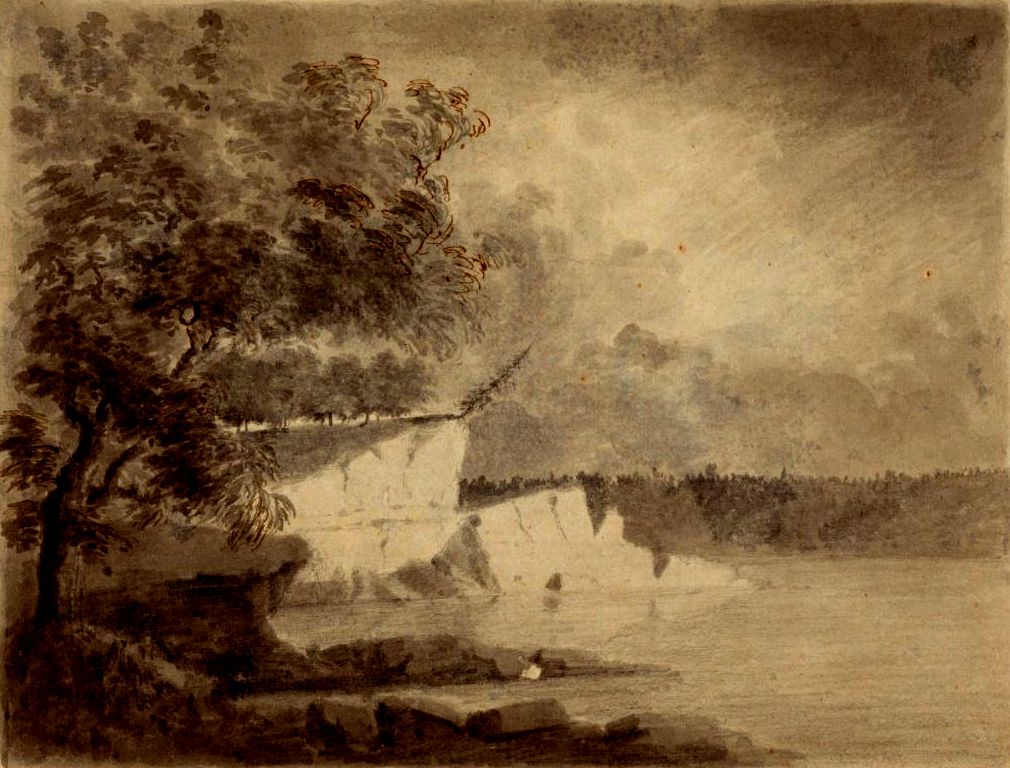|
Lake Holiday Hideaway, Indiana
Lake Holiday Hideaway is an unincorporated community and census-designated place (CDP) in Fountain County Fountain County lies in the western part of the U.S. state of Indiana on the east side of the Wabash River. The county was officially established in 1826 and was the 53rd in Indiana. The county seat is Covington. According to the 2000 Unit ..., Indiana, United States. Geography The community is in southern Fountain County, built around a reservoir named "Lake Holiday Hide-away" built on Mill Creek. The town of Kingman is to the southeast, while Veedersburg is to the north. According to the United States Census Bureau, the CDP has a total area of , of which are land and , or 15.37%, are water. Via Mill Creek, the lake drains southwest to the Wabash River. References {{authority control Census-designated places in Fountain County, Indiana Census-designated places in Indiana ... [...More Info...] [...Related Items...] OR: [Wikipedia] [Google] [Baidu] |
Census-designated Place
A census-designated place (CDP) is a concentration of population defined by the United States Census Bureau for statistical purposes only. CDPs have been used in each decennial census since 1980 as the counterparts of incorporated places, such as self-governing cities, towns, and villages, for the purposes of gathering and correlating statistical data. CDPs are populated areas that generally include one officially designated but currently unincorporated community, for which the CDP is named, plus surrounding inhabited countryside of varying dimensions and, occasionally, other, smaller unincorporated communities as well. CDPs include small rural communities, edge cities, colonias located along the Mexico–United States border, and unincorporated resort and retirement communities and their environs. The boundaries of any CDP may change from decade to decade, and the Census Bureau may de-establish a CDP after a period of study, then re-establish it some decades later. Most unin ... [...More Info...] [...Related Items...] OR: [Wikipedia] [Google] [Baidu] |
Area Code 765
Area code 765 is a telephone area code in the North American Numbering Plan (NANP) for the central part of the U.S. state of Indiana. The numbering plan area comprises a horseshoe-shaped region of twenty counties in Central Indiana except for the Indianapolis area, which is served by area codes 317 and 463. Some cities included are Anderson, Connersville, Crawfordsville, Frankfort, Greencastle, Kokomo, Lafayette, Marion, Muncie, New Castle, Richmond, and West Lafayette. The area code was created in 1997 in a split of area code 317. History In 1947, American Telephone and Telegraph (AT&T) published the first configuration of proposed numbering plan areas (NPAs) for a new nationwide numbering and toll call routing system. Indiana was divided to receive two area codes. Area code 317 served the northern two-thirds of Indiana, while area code 812 served the southern third. In the first change of the original plan in 1948, 317 was cut back to central Indiana, while the northern ... [...More Info...] [...Related Items...] OR: [Wikipedia] [Google] [Baidu] |
Wabash River
The Wabash River ( French: Ouabache) is a U.S. Geological Survey. National Hydrography Dataset high-resolution flowline dataThe National Map accessed May 13, 2011 river that drains most of the state of Indiana in the United States. It flows from the headwaters in Ohio, near the Indiana border, then southwest across northern Indiana turning south near the Illinois border, where the southern portion forms the Indiana-Illinois border before flowing into the Ohio River. It is the largest northern tributary of the Ohio River and third largest overall, behind the Cumberland and Tennessee rivers. From the dam near Huntington, Indiana, to its terminus at the Ohio River, the Wabash flows freely for . Its watershed drains most of Indiana. The Tippecanoe River, White River, Embarras River and Little Wabash River are major tributaries. The river's name comes from a Miami word meaning "water over white stones", as its bottom is white limestone, now obscured by mud. The Wabash is the st ... [...More Info...] [...Related Items...] OR: [Wikipedia] [Google] [Baidu] |
United States Census Bureau
The United States Census Bureau (USCB), officially the Bureau of the Census, is a principal agency of the U.S. Federal Statistical System, responsible for producing data about the American people and economy. The Census Bureau is part of the U.S. Department of Commerce and its director is appointed by the President of the United States. The Census Bureau's primary mission is conducting the U.S. census every ten years, which allocates the seats of the U.S. House of Representatives to the states based on their population. The bureau's various censuses and surveys help allocate over $675 billion in federal funds every year and it assists states, local communities, and businesses make informed decisions. The information provided by the census informs decisions on where to build and maintain schools, hospitals, transportation infrastructure, and police and fire departments. In addition to the decennial census, the Census Bureau continually conducts over 130 surveys and programs ... [...More Info...] [...Related Items...] OR: [Wikipedia] [Google] [Baidu] |
Veedersburg, Indiana
Veedersburg is a town in Van Buren Township, Fountain County, Indiana, Van Buren Township, Fountain County, Indiana, Fountain County, Indiana, United States. The population was 2,180 at the 2010 census. History Veedersburg is a newer name for the old town of Chambersburg, which was first settled by early inhabitants Jonathan Birch and John Colvert, on the north fork of Coal Creek in the spring of 1823. It was first located in Cain Township, but became part of the newer township of Van Buren in 1841. Veedersburg was founded in 1871. It was named for one of its founders, Peter S. Veeder. Veedersburg was incorporated as a town in 1872. Demographics 2010 census As of the census of 2010, there were 2,180 people, 878 households, and 605 families living in the town. The population density was . There were 967 housing units at an average density of . The racial makeup of the town was 94.8% White (U.S. Census), White, 0.1% African American (U.S. Census), African American, 0.5% Native Am ... [...More Info...] [...Related Items...] OR: [Wikipedia] [Google] [Baidu] |
Census-designated Place
A census-designated place (CDP) is a concentration of population defined by the United States Census Bureau for statistical purposes only. CDPs have been used in each decennial census since 1980 as the counterparts of incorporated places, such as self-governing cities, towns, and villages, for the purposes of gathering and correlating statistical data. CDPs are populated areas that generally include one officially designated but currently unincorporated community, for which the CDP is named, plus surrounding inhabited countryside of varying dimensions and, occasionally, other, smaller unincorporated communities as well. CDPs include small rural communities, edge cities, colonias located along the Mexico–United States border, and unincorporated resort and retirement communities and their environs. The boundaries of any CDP may change from decade to decade, and the Census Bureau may de-establish a CDP after a period of study, then re-establish it some decades later. Most unin ... [...More Info...] [...Related Items...] OR: [Wikipedia] [Google] [Baidu] |
Unincorporated Community
An unincorporated area is a region that is not governed by a local municipal corporation. Widespread unincorporated communities and areas are a distinguishing feature of the United States and Canada. Most other countries of the world either have no unincorporated areas at all or these are very rare: typically remote, outlying, sparsely populated or uninhabited areas. By country Argentina In Argentina, the provinces of Chubut, Córdoba, Entre Ríos, Formosa, Neuquén, Río Negro, San Luis, Santa Cruz, Santiago del Estero, Tierra del Fuego, and Tucumán have areas that are outside any municipality or commune. Australia Unlike many other countries, Australia has only one level of local government immediately beneath state and territorial governments. A local government area (LGA) often contains several towns and even entire metropolitan areas. Thus, aside from very sparsely populated areas and a few other special cases, almost all of Australia is part of an LGA. Uninc ... [...More Info...] [...Related Items...] OR: [Wikipedia] [Google] [Baidu] |
Geographic Names Information System
The Geographic Names Information System (GNIS) is a database of name and locative information about more than two million physical and cultural features throughout the United States and its territories, Antarctica, and the associated states of the Marshall Islands, Federated States of Micronesia, and Palau. It is a type of gazetteer. It was developed by the United States Geological Survey (USGS) in cooperation with the United States Board on Geographic Names (BGN) to promote the standardization of feature names. Data were collected in two phases. Although a third phase was considered, which would have handled name changes where local usages differed from maps, it was never begun. The database is part of a system that includes topographic map names and bibliographic references. The names of books and historic maps that confirm the feature or place name are cited. Variant names, alternatives to official federal names for a feature, are also recorded. Each feature receives a per ... [...More Info...] [...Related Items...] OR: [Wikipedia] [Google] [Baidu] |
Federal Information Processing Standard
The Federal Information Processing Standards (FIPS) of the United States are a set of publicly announced standards that the National Institute of Standards and Technology (NIST) has developed for use in computer systems of non-military, American government agencies and contractors. FIPS standards establish requirements for ensuring computer security and interoperability, and are intended for cases in which suitable industry standards do not already exist. Many FIPS specifications are modified versions of standards the technical communities use, such as the American National Standards Institute (ANSI), the Institute of Electrical and Electronics Engineers (IEEE), and the International Organization for Standardization (ISO). Specific areas of FIPS standardization The U.S. government has developed various FIPS specifications to standardize a number of topics including: * Codes, e.g., FIPS county codes or codes to indicate weather conditions or emergency indications. In 1994, Nat ... [...More Info...] [...Related Items...] OR: [Wikipedia] [Google] [Baidu] |
Kingman, Indiana
Kingman is a town in Millcreek Township, Fountain County, Indiana, United States. The population was 511 at the 2010 census. History The Kingman post office was established in 1886. Kingman was incorporated as a town in 1900 at which time it was merged with the nearby rival village of Fountainville. Geography Kingman is located at (39.967143, -87.278601), on State Road 234, about two miles west of U.S. Route 41. According to the 2010 census, Kingman has a total area of , all land. Demographics 2010 census As of the census of 2010, there were 511 people, 209 households, and 134 families living in the town. The population density was . There were 245 housing units at an average density of . The racial makeup of the town was 97.7% White, 0.4% from other races, and 2.0% from two or more races. Hispanic or Latino of any race were 1.4% of the population. There were 209 households, of which 30.1% had children under the age of 18 living with them, 45.5% were married couples living ... [...More Info...] [...Related Items...] OR: [Wikipedia] [Google] [Baidu] |
List Of Sovereign States
The following is a list providing an overview of sovereign states around the world with information on their status and recognition of their sovereignty. The 206 listed states can be divided into three categories based on membership within the United Nations System: 193 UN member states, 2 UN General Assembly non-member observer states, and 11 other states. The ''sovereignty dispute'' column indicates states having undisputed sovereignty (188 states, of which there are 187 UN member states and 1 UN General Assembly non-member observer state), states having disputed sovereignty (16 states, of which there are 6 UN member states, 1 UN General Assembly non-member observer state, and 9 de facto states), and states having a special political status (2 states, both in free association with New Zealand). Compiling a list such as this can be a complicated and controversial process, as there is no definition that is binding on all the members of the community of nations concerni ... [...More Info...] [...Related Items...] OR: [Wikipedia] [Google] [Baidu] |




